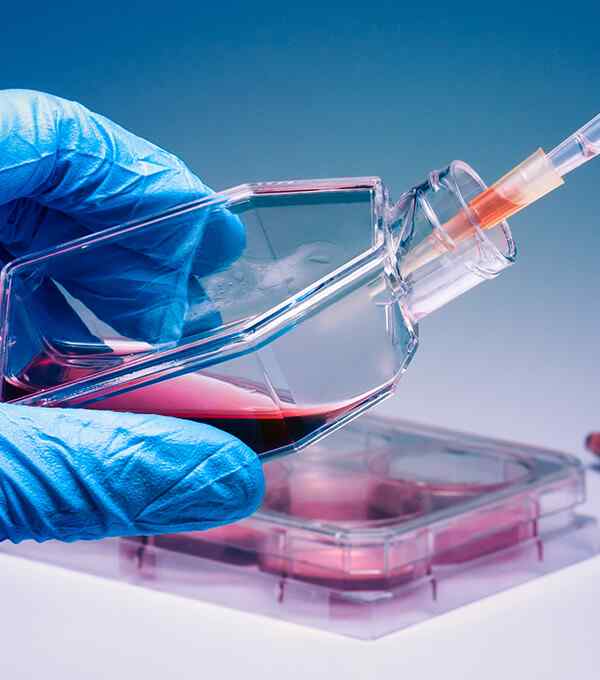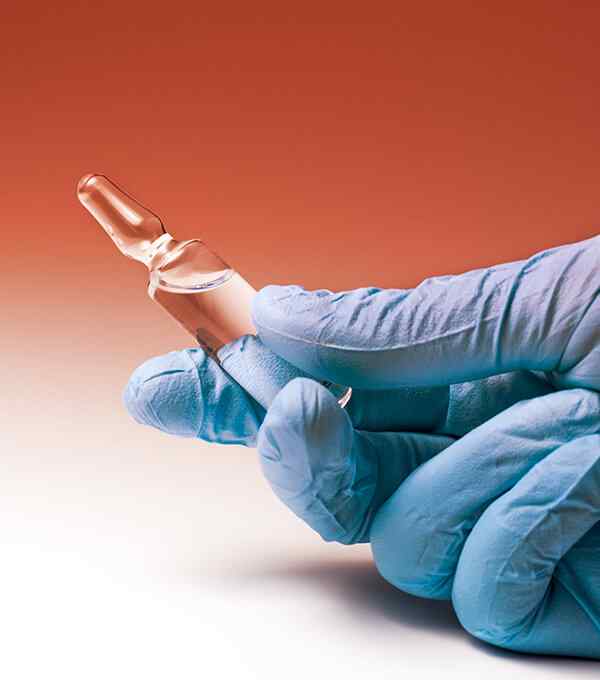BENEFITSDedicated to SBIR/STTR Grants
low-cost manufacturing process
Higher Hardness
Hydro sensitive
Cost effective
Capping Material for Compacted Runway Crater Repairs [Award Number: FA805119CA007], Air-Force
In Phase I project, Bhawin LLC has been developed Capping Material for Compacted Runway Crater Repairs and related low-cost manufacturing process to achieve a nontoxic technology that supports aircraft operations within an hour of the application over a spall or compacted runway repair, completely suppresses escape of debris from the repair, and survives 2,000 landing-and-takeoff cycles over 30 days at various temperatures. Craters formed by ignition of threat ammunitions require repair of both the pavement surface and the base material below. Not only do the current strategies and materials for these full-depth repairs place soldiers performing the repairs at risk for extended times, but the repairs themselves also perform poorly under traffic. The immediate need exists for an easily placed, readily deployable, lasting, full-depth road repair. The proposed material should consider hydro-sensitive, as the structure of the material and the critical properties for performance changed when the foam reacted in the presence of water. This issue will be addressed through contingent actions, such as isolation from water sources and adjustments to the formulation in Phase II development efforts.
Dual Band Lens SWAP reduction and Increased Optical Throughput with CLS [W909MY20P0039] , ARMY
Transparent Ca2La2S4(CLS) with a broad 2–16 micron transmission window, higher hardness and potential strength more than twice that of ZnS has long been a highly desirable replacement. Until this Phase 1, despite numerous research and development projects, no CLS powder processing effort produced cost-effective, high purity CLS nanopowders capable of consolidated optical ceramics with 60% transmission from 6-16 microns and strengths twice that of previous CLS materials.
Solid-State High Energy Density Batteries [6SVL4-22-P-0015], SOCOM
As advanced Li-ion battery technology will play a critical role to meet the energy demand from Hybrid Electric Vehicles, Electric Vehicles, and the renewable energy goals, development of low cost and high energy materials take a center stage. Current solid-state Li-ion batteries have much lower energy and power densities than liquid electrolyte batteries due to the use of three different materials for the anode, the cathode, and the electrolyte causing high interfacial resistance between the solid electrolyte and the solid electrodes. Bhawin LLC received Phase I award from United States Special Operations Command (USSOCOM) to develop quasi solid-state electrolytes and solid-state electrolytes to produce Solid-State High-Energy Density batteries.
Our Mission is to Ensure Generation of Accurate and Precise Findings








